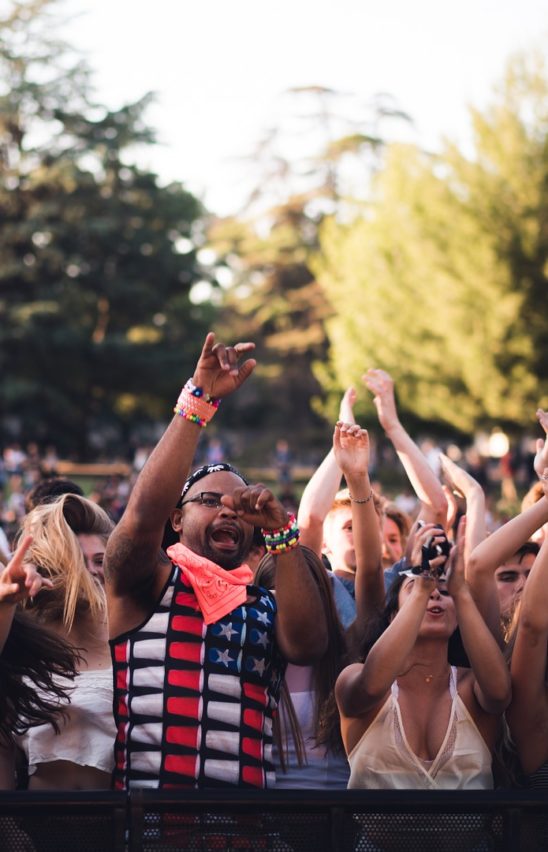
How communication turned May 19 into a national day
The date of May 19 had become a totem. Celebrated in advance on the personal Instagram account of the President of the Republic, who devoted no less than 5 posts to it, it emerged as the key milestone in the calendar of this third deconfinement. Eclipsing May 3, the date of the removal of travel restrictions, May 19 would mark the end of a long period of intellectual and social dearth with the reopening of museums, cinemas and theaters, and the long-awaited reopening of terraces. With the return of the good weather, this date was to mark a springtime of leisure and living together.
As it grew closer, the global communication – emanating from politicians as well as from brands and media – around May 19 contributed to make this date a major event in the life of the French, a short-lived national day, at the risk of making us forget the reality of the health and economic context.
Sweet collective hysteria
Brands, media, politicians: our entire information-communication ecosystem mobilized to give May 19 all its symbolic power. Campaigns multiplied to remind us of the pleasure we were going to have to finally read L’Équipe again or drink a Perrier, sitting on a terrace.
In the editorial offices of the media, it’s as if they counted the days, until rushing to question the early birds, whether customers of the coffees or first visitors of the museums. Within the Government, an instruction had obviously circulated among the ministers, instructing them to be on stage on D-Day, sitting on a terrace in a kind of republican spirit, but always respectful of the barriers. On social networks, it was impossible to miss the publications of these many anonymous people, who had also organized themselves to go on a terrace, the cinema or the museum, and especially to share this event. So much so that one had to be quite audacious or “gloomy” not to respond to this social injunction and not to take advantage of this newfound happiness.
In a context that remains difficult
However, this festive spirit masks a contrasting reality. First of all, the virus continues to circulate. Admittedly, the epidemic seems to be slowing down, thanks to an accelerated vaccination campaign. While all indicators are down, particularly the number of patients in intensive care, the number of deaths remains high: nearly 150 per day. This is half of what it was three weeks ago but it is still considerable. And in view of the difficulty of reconciling newfound freedom and barrier measures, the fear of a new outbreak of the epidemic after the vacations or during the fall is not unfounded, despite the cautious optimism of the Government and the Pasteur Institute.
The government’s communication strategy is now faced with a triple challenge: to convince the French not to let their guard down and to respect the barrier measures “whatever it may cost them”, to convince enough of those who do not want to be vaccinated so that collective immunity can be reached (the threshold is currently estimated at 80%), whatever the vaccines available, and to convince public opinion that the generalized health pass is as inevitable as it is indispensable. All the while accelerating the vaccination campaign, of course!
This is a huge task in this period of electoral campaign, which risks to make us lose sight of the real priorities.
